|
BP12898
|
Mycro 3
|
|
|
|
|
Mycro 3 is potent and selective for c-Myc in whole cell assays.
|
|
BP12899
|
Pexmetinib
|
|
|
|
|
Pexmetinib (ARRY-614) is a potent, orally bioavailable, dual p38 MAPK/Tie-2 inhibitor with IC50 of 4 nM/18 nM in a HEK-293 cell line. Phase 1.
|
|
BP12900
|
Piperine
|
|
|
|
|
1-piperoylpiperidine, (E,E)-, a alkaloid, has been used in trials studying the treatment of multiple myeloma and deglutition disorders.
|
|
BP12901
|
Glycycoumarin
|
|
|
|
|
Glycycoumarin is an estrogen agonist, it shows moderate inhibitory effects against CYP1A2 and CYP2B6.
|
|
BP12902
|
Danirixin
|
|
|
|
|
Danirixin is a potent antagonist of CXCR2 that inhibits IL-8 binding to CXCR2 (IC50: 12.5 nM).
|
|
BP12903
|
Omeprazole Sodium
|
|
|
|
|
Omeprazole Sodium is a proton pump inhibitor(PPI) and suppresses gastric acid secretion. Omeprazole Sodium is a potent neutral sphingomyelinase (N-SMase) inhibitor (exosome inhibitor). Omeprazole Sodium shows competitive inhibition of CYP2C19 activity with a Ki of 2 to 6 μM. Omeprazole Sodium inhibits growth of Gram-positive and Gram-negative bacteria.
|
|
BP12904
|
Ranolazine dihydrochloride
|
|
|
|
|
Ranolazine(RS-43285), an antianginal agent, can treat arrhythmia via a novel mechanism of action (inhibition of the late phase of the inward sodium current), and do not affect blood pressure or heart rate.
|
|
BP12905
|
UNBS5162
|
|
|
|
|
UNBS-5162 is a novel naphthalimide that decreases CXCL chemokine expression in experimental prostate cancers.
|
|
BP12906
|
Isoliquiritigenin
|
|
|
|
|
Isoliquiritigenin, an anti-tumor flavonoid from the root of Glycyrrhiza glabra, suppresses aldose reductase (IC50=320 nM).
|
|
BP12907
|
Cisatracurium besylate
|
|
|
|
|
Cisatracurium Besylate is a nondepolarizing skeletal muscle relaxant for intravenous administration.
|
|
BP12908
|
(-)-Epigallocatechin
|
|
|
|
|
(-)-Epigallocatechin is the most abundant flavonoid in green tea, can bind to unfolded native polypeptides and prevent conversion to amyloid fibrils.
|
|
BP12909
|
Latrepirdine dihydrochloride
|
|
|
|
|
Latrepirdine is an orally active, and neuroactive antagonist of multiple drug targets, including histamine receptors, GluR, and 5-HT receptors, used as an antihistamine drug.
|
|
BP12910
|
Irinotecan
|
|
|
|
|
Irinotecan is an antineoplastic enzyme inhibitor primarily used in the treatment of colorectal cancer. It is a derivative of camptothecin that inhibits the action of topoisomerase I. Irinotecan prevents religation of the DNA strand by binding to topoisomerase I-DNA complex, and causes double-strand DNA breakage and cell death.
|
|
BP12911
|
Pyrazinamide
|
|
|
|
|
Pyrazinamide, an antimycobacterial, is utilized therapeutically as an antitubercular agent, which is a synthetic pyrazinoic acid amide derivative.
|
|
BP12912
|
Imiquimod
|
|
|
|
|
Imiquimod is an immune response modifier that acts as a toll-like receptor 7 agonist.
|
|
BP12913
|
Valproic Acid
|
|
|
|
|
Valproic Acid is a branched chain fatty acid which potentially enhances central GABAergic neurotransmission and inhibits Na+ channels. Currently, the various molecular mechanisms of action of Valproic Acid have not been completely elucidated. Valproic Acid has been reported to be a potent inhibitor of histone deacetylases (HDACs) in vitro. Valproic Acid is also noted to relieve HDAC-dependent transcriptional repression and causes the hyperacetylation of histones in cultured cells. Additionally, Valproic Acid is reported to activate Wnt-dependent gene expression and to mimic trichostatin A (sc-3511) in the inhibition of histone deacetylase.
|
|
BP12914
|
ALX 40-4C acetate
|
|
|
|
|
ALX 40-4C acetate is a CXCR4 inhibitor of the chemokine receptor (Ki = 1 μM) and suppresses the replication of X4 strains of HIV-1. ALX 40-4C acetate is an antagonist of the APJ receptor (IC50 = 2.9 μM).
|
|
BP12915
|
ATI-2341 acetate(1337878-62-2 free base)
|
|
|
|
|
ATI-2341 acetate is an effective allosteric agonist of CXCR4, it activates Gα1 instead of Gα13. ATI-2341 acetate activates inhibitory heterotrimeric G protein (GI) to promote the inhibition of cAMP production and induce calcium mobilization.
|
|
BP12916
|
Autocamtide-2-related inhibitory peptide, myristoylated acetate(201422-04-0 free base)
|
|
|
|
|
Autocamtide-2-related inhibitory peptide, myristoylated acetate is a CaM kinase II inhibitor; enhanced cell permeable derivative of Autocamtide-2-related inhibitory peptide. Pretreatment blocks reinstatement of morphine-seeking behavior in vivo.
|
|
BP12917
|
Balixafortide TFA (1051366-32-5 free base)
|
|
|
|
|
Balixafortide TFA (POL6326 TFA) is a selective, well-tolerated peptidic CXCR4 antagonist (IC50 < 10 nM). It shows 1000-fold selective for CXCR4 than a large panel of receptors including CXCR7. Balixafortide TFA blocks β-arrestin recruitment and calcium flux (IC50s < 10 nM).
|
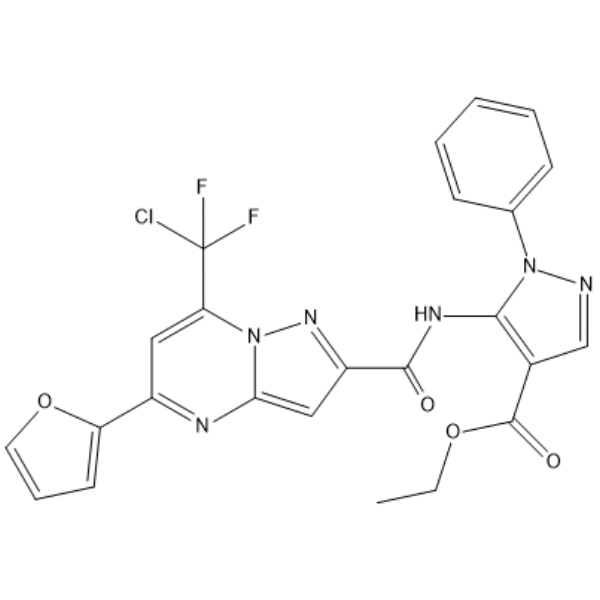
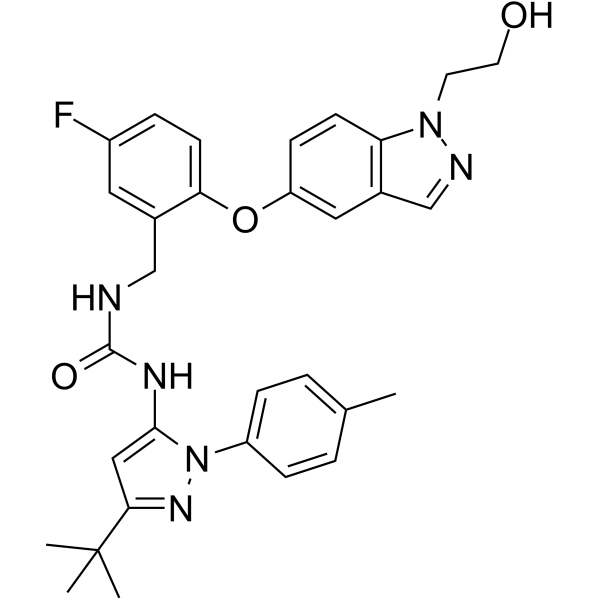
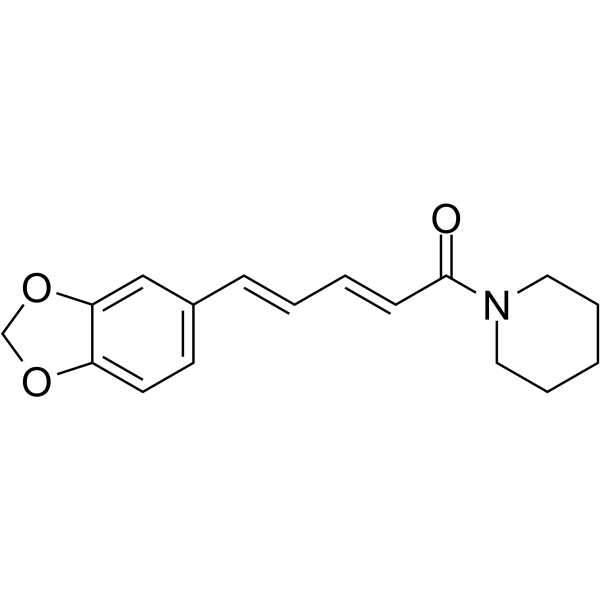
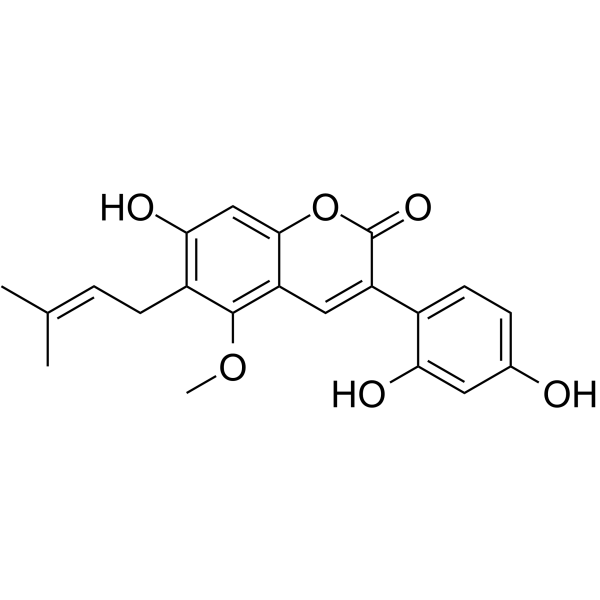
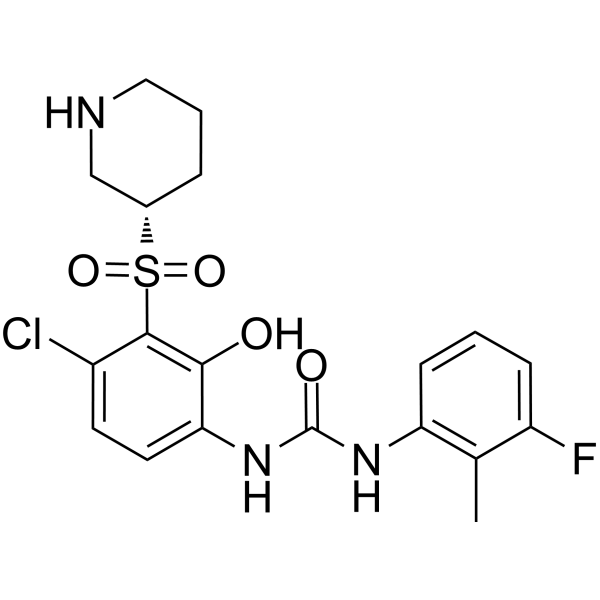

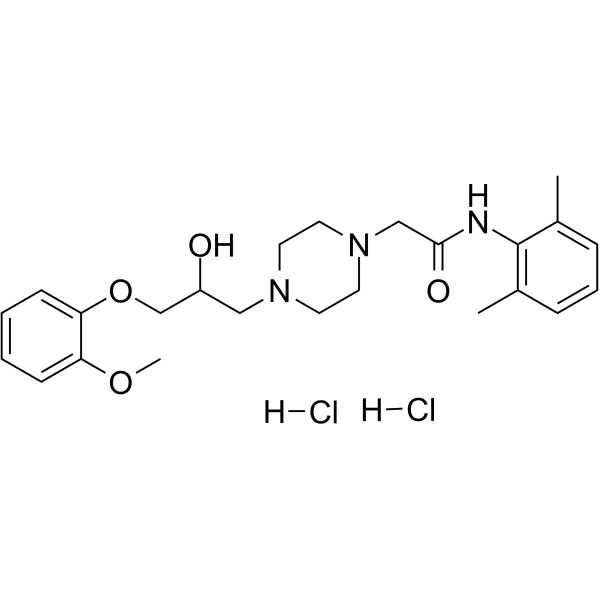
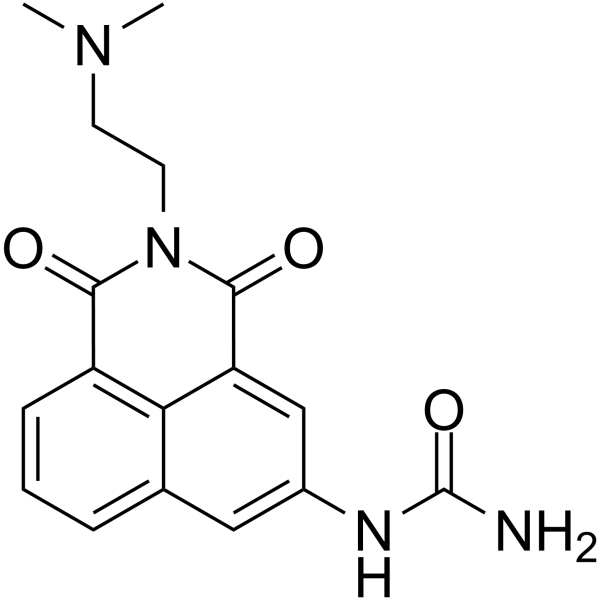
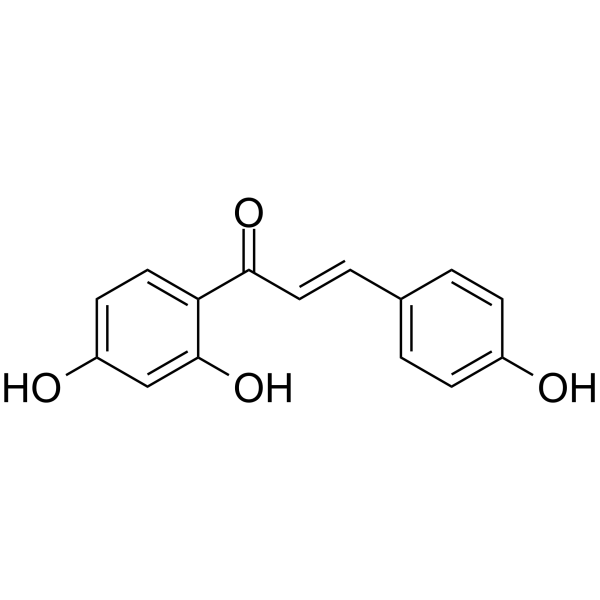
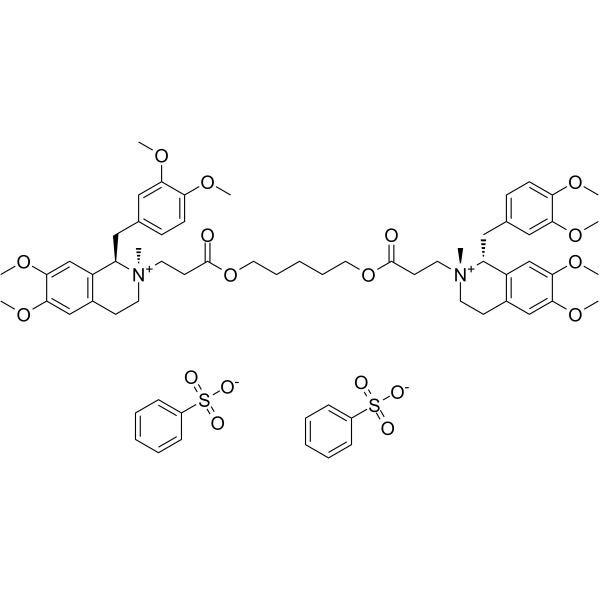
-Epigallocatechin.gif)
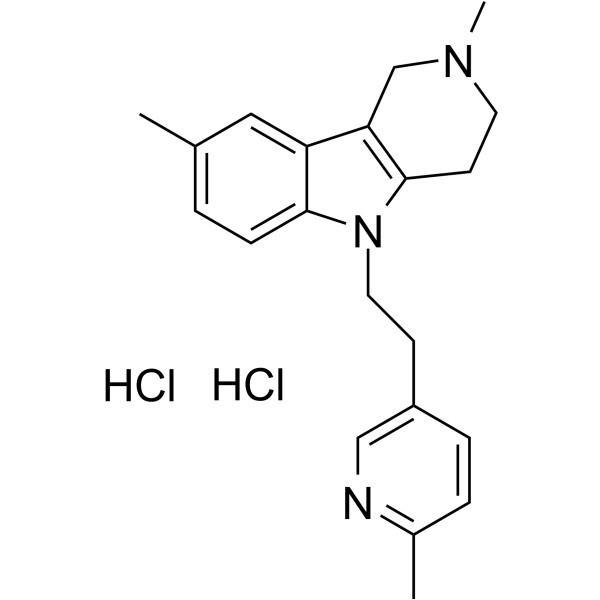
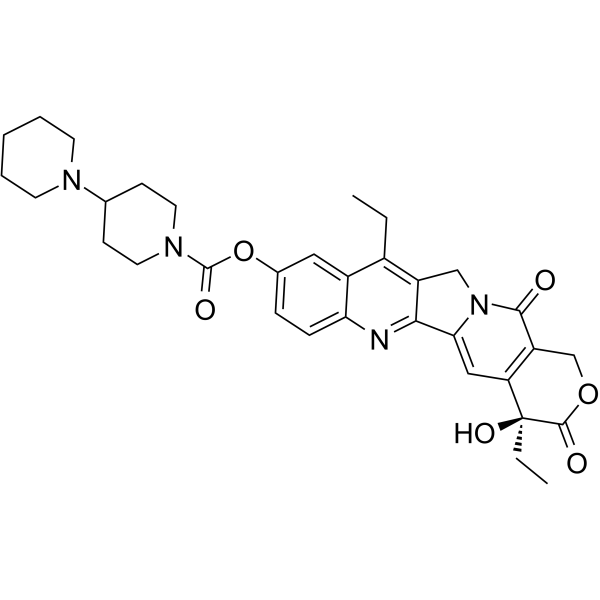

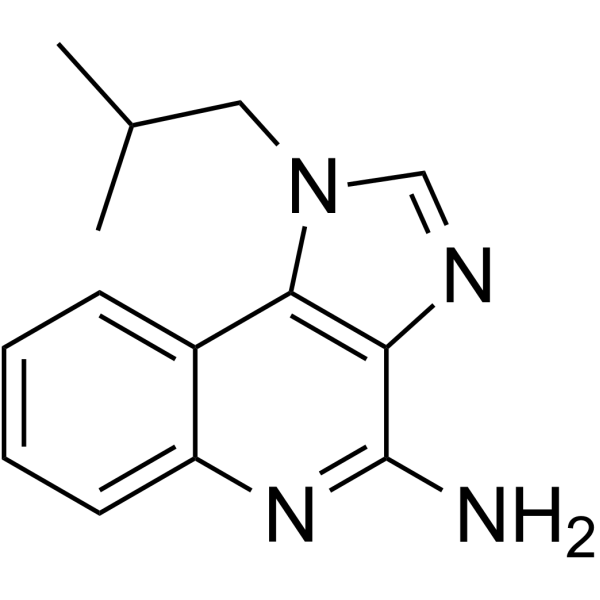


.gif)
.gif)
.gif)
